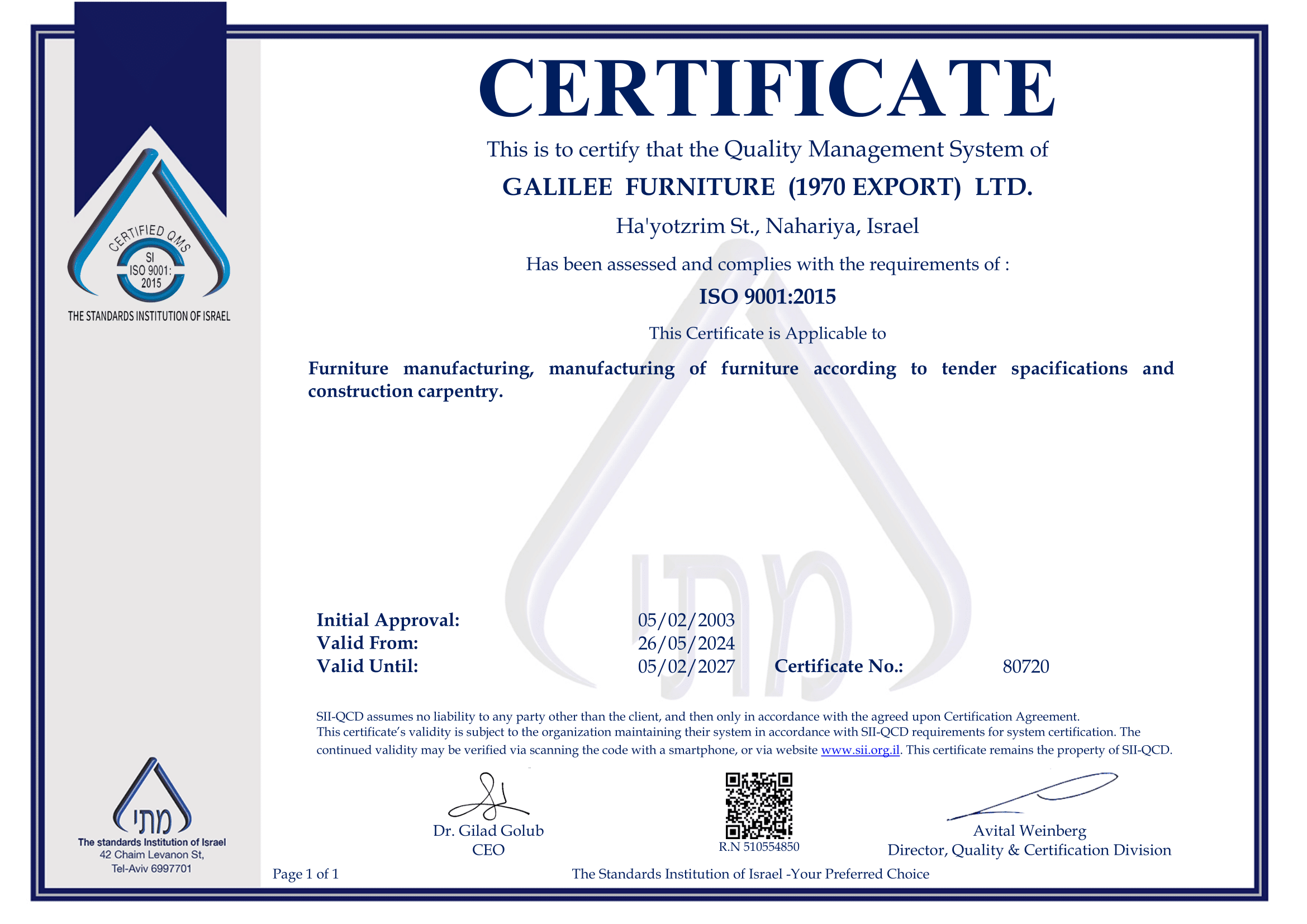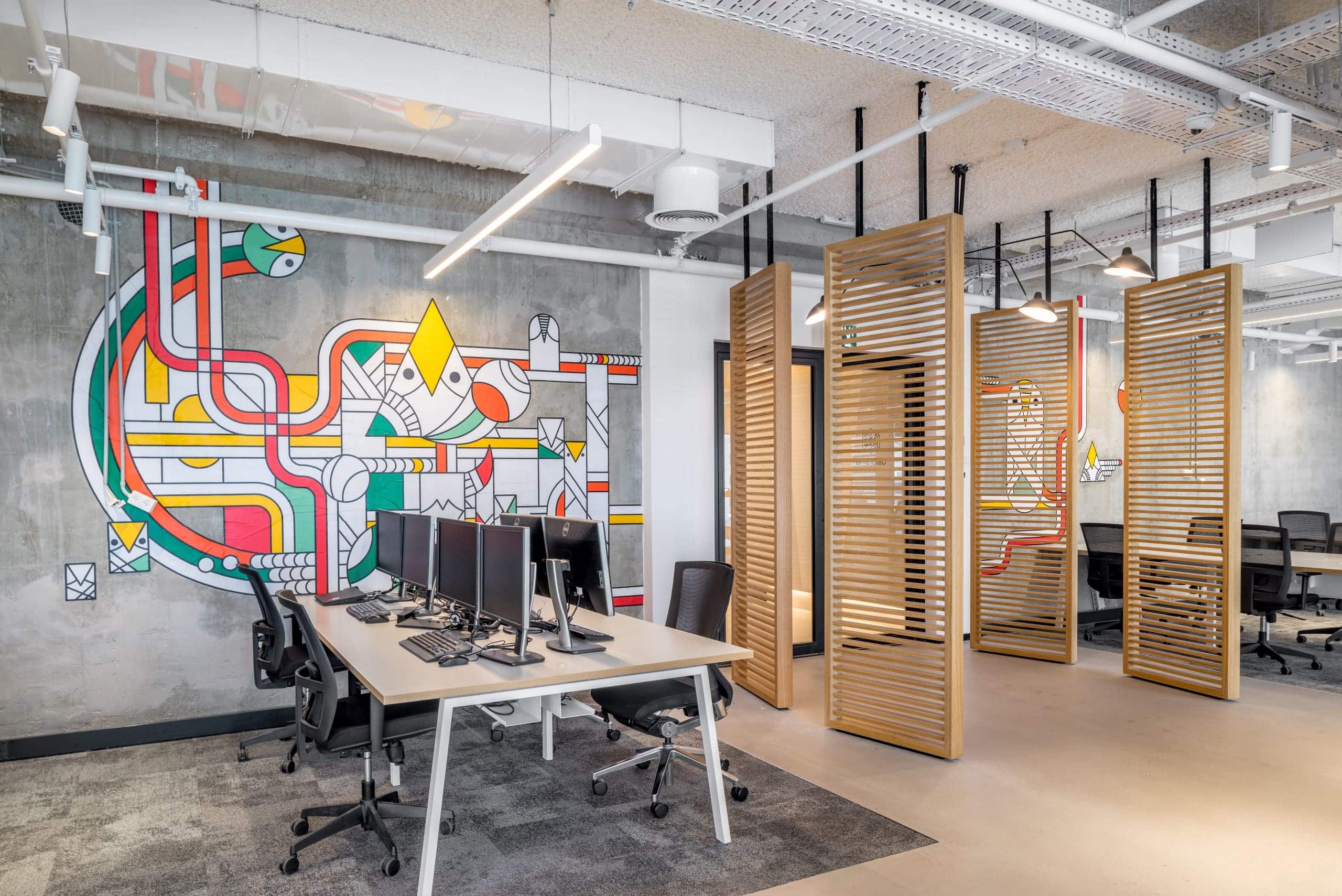Keeping Your Furniture Safe and Sound Combating Moisture and Humidity
Our furniture serves multiple purposes, offering comfort, functionality, and style to our living spaces. But even the most durable pieces can succumb to the damaging effects of moisture and humidity. Let’s explore how these elements can harm your furniture and what you can do to keep it looking its best for years to come.
The Enemies Within: How Moisture and Humidity Damage Furniture
- Swelling Woes: Wood, a popular furniture material, is quite absorbent. When exposed to moisture, it soaks up the water, causing the fibers to swell. This can lead to warping, cracking, and loose joints, compromising both the function and aesthetics of your furniture.
- Disintegration Danger: Furniture made from compressed materials like MDF or particleboard is particularly vulnerable. Moisture weakens the glue that binds these materials together, causing them to crumble and fall apart.
- Mold Mischief: High humidity creates a breeding ground for mold, which can thrive on furniture surfaces. Mold not only detracts from the look of your furniture but can also pose health risks, triggering allergies and respiratory problems.
- Coating Catastrophe: Many pieces of furniture have a protective coating of varnish, paint, or other materials. Unfortunately, moisture and humidity can break down this coating, causing it to peel or crack. This not only makes your furniture look worse, but it also leaves it more susceptible to further damage.
Protecting Your Investment: Strategies for Keeping Furniture Safe
- Banish the Spills: The first line of defense is preventing direct contact with water. Be mindful of spills and clean them up promptly.
- Regular Cleaning Routine: Regularly wipe down your furniture with a damp cloth and mild soap. This removes dust and dirt that can trap moisture. For damp furniture, immediate cleaning helps prevent mold growth. Remember to avoid harsh chemicals and excessive water, which can damage the finish. Dry thoroughly with a clean cloth afterwards.
- Give Your Furniture Some Air: Keep your living spaces well-ventilated, especially after activities like showering, cooking, or cleaning that generate moisture.
- Elevating for Safety: If possible, raise your furniture slightly off the floor using furniture risers. This creates better air circulation and minimizes contact with damp floors.
Building for Success: How Manufacturers Can Help
- Material Matters: Furniture makers should choose moisture-resistant materials like tropical hardwood, specially treated solid wood, or engineered boards specifically designed for wet environments (e.g., green MDF). If other materials are used, they should also be treated accordingly. For instance, metal parts should have rust-preventative coatings, and upholstered furniture should be covered in water-resistant fabric.
- Manufacturing Techniques: Using waterproof adhesives, sealing joints effectively, and employing coated screws or nails are all crucial steps in preventing moisture from infiltrating the furniture during construction.
- The Importance of Drying: Before assembly, all materials should be thoroughly dried to prevent mold and decay from taking hold.
- Water-Repellent Armor: Applying a water-repellent coating like sealer or wax provides an extra layer of protection. Additionally, special high-resistance finishes like varnish or pigment can be used for added durability in challenging environments.
By selecting the right materials and employing proper manufacturing techniques, furniture makers can create pieces that are built to withstand the challenges of moisture and humidity. With a little extra care and preventive measures, you can ensure your furniture remains beautiful and functional for many years to come.







